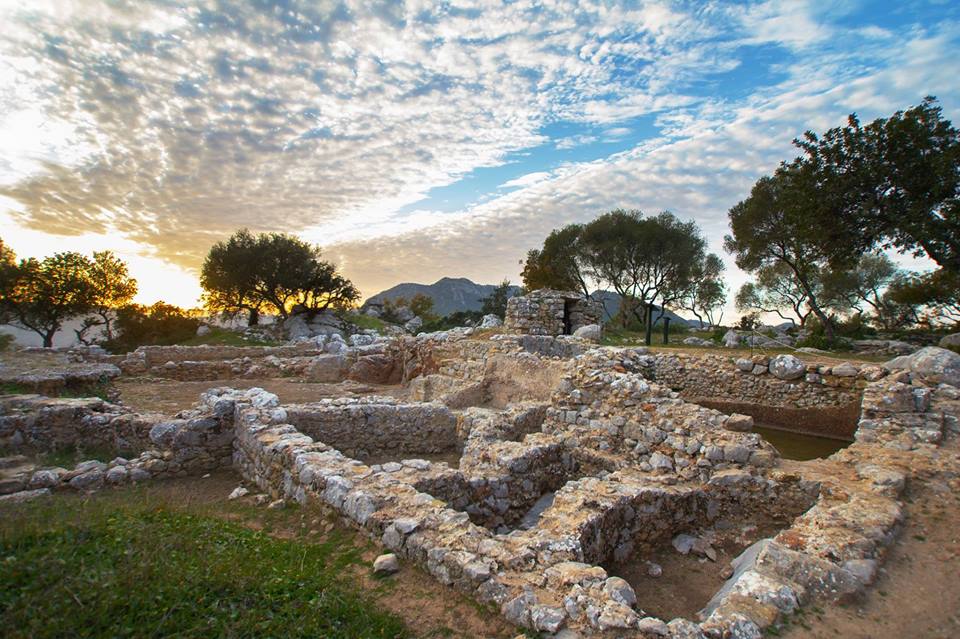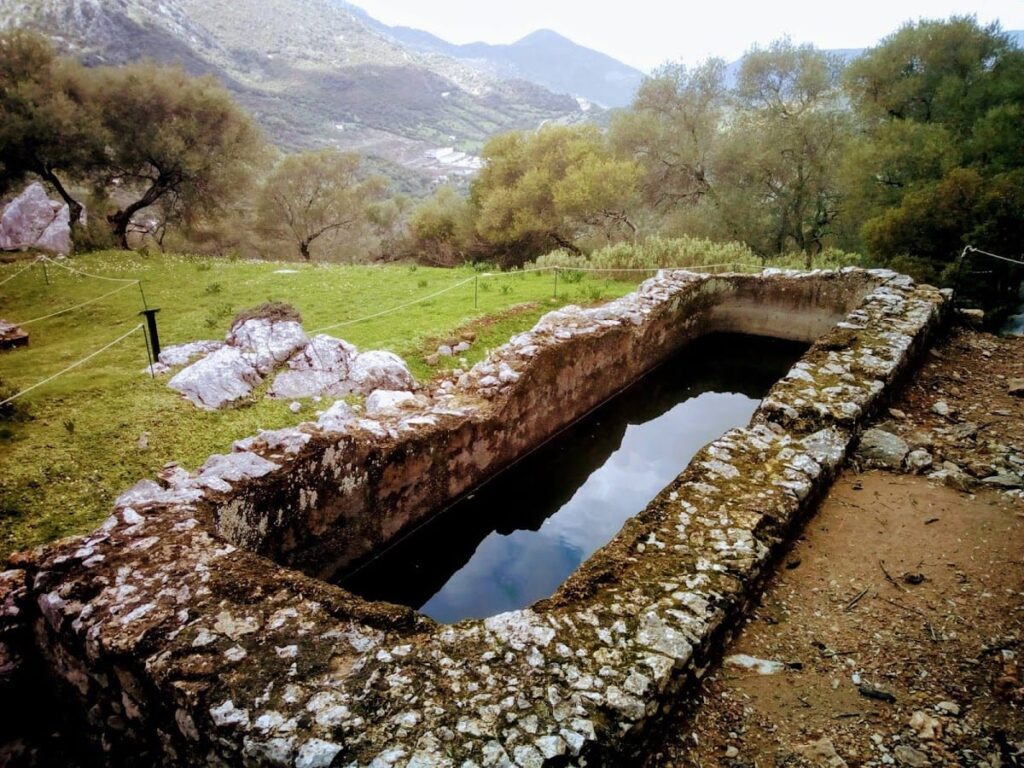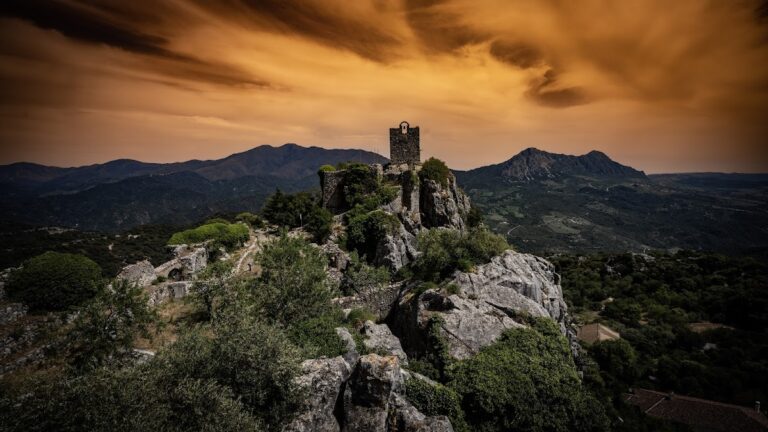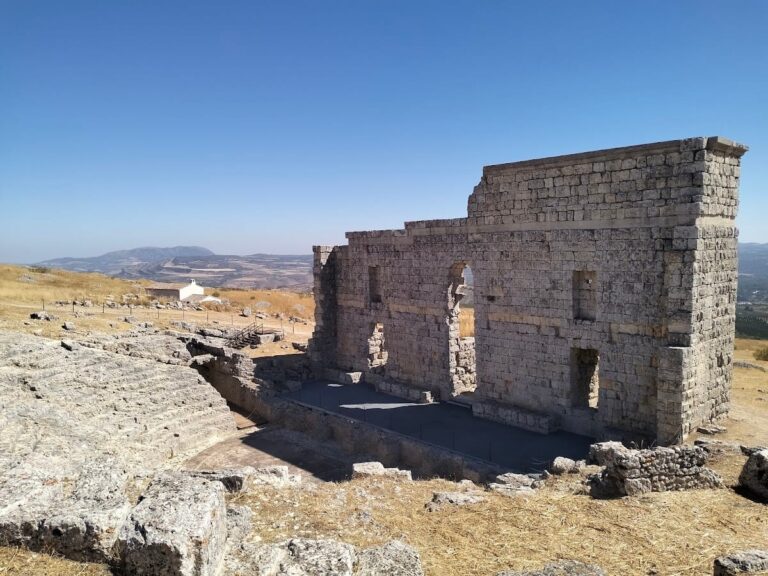Ocuri Archaeological Site: A Roman Settlement Near Ubrique, Spain
Visitor Information
Google Rating: 4.9
Popularity: Medium
Google Maps: View on Google Maps
Official Website: www.yacimientodeocuri.com
Country: Spain
Civilization: Roman
Remains: City
History
The Ocuri Archaeological Site lies near the town of Ubrique in Spain and was originally established by the Romans. This city’s position atop the Salto de la Mora hill allowed it to control crucial natural passages leading toward Benaocaz, Villaluenga, and the southern border of the Sierra de Grazalema, underscoring its strategic importance as a Roman settlement.
The occupation of this location extends back to the Bronze Age, indicating a long-standing human presence before the Roman period. Over time, Ocuri evolved into a significant Roman municipality, known in antiquity for its military and administrative functions. During Roman rule, the city was sufficiently developed to mint its own coins, a marker of its economic and political stature.
Following the decline of Roman power, the site continued to be occupied into the Al-Ándalus period, reflecting cultural shifts under Muslim rule. The continuity of habitation suggests that Ocuri remained relevant through successive eras, although specific events or rulers during these later periods are not individually recorded in the surviving documentation.
The earliest known archaeological investigation occurred in 1793 when Juan Vegazo acquired the land and aimed to uncover what he hoped would be the “Pompeii of Ocuri.” His excavation documented finds such as statues and coins but many artifacts have since been lost. Subsequent major archaeological excavations, particularly those undertaken in the 1970s by Manuel Cabello Janeiro and Salvador de Sancha Fernández, systematically revealed the layered history of the site and Roman urban structures, confirming its urban character. An inscription found at Ocuri and preserved in the Museum of Cádiz further substantiates its identification and historical significance.
Recent protective work under cultural heritage initiatives has sought to conserve the ruins and enhance understanding of the site, although these efforts have at times contended with vandalism.
Remains
Ocuri’s remains form a complex urban layout primarily constructed from stone, reflecting Roman engineering and defensive architecture. A notable feature is the cyclopean wall—built with large, roughly shaped blocks typical of formidable ancient fortifications—demonstrating the city’s emphasis on defense.
Central to the site is the forum, the public square where civic activities occurred. Near this area grows a wild olive tree more than 700 years old, recognized as a singular natural heritage element. The forum’s exact construction date is undetermined, but its presence aligns with typical Roman urban design.
The site includes extensive Roman baths (thermae), showcasing facilities for public bathing and socializing. These baths, dated to the Roman period, highlight the city’s development and adherence to Roman lifestyle customs. Multiple cisterns are also found at the site, many linked to private residences. These structures indicate systems for water storage and domestic use, reflecting the city’s infrastructure.
Close to the principal entrance stands the Columbario, distinguished by large niches and smaller burial cavities. This building was first recorded architecturally in 1801 by Miguel de Olivares Guerrero. The columbario functioned as a place for burying ashes in niches, a common Roman funerary practice.
Coins minted in Ocuri provide archaeological confirmation that the city operated its own mint, an indication of economic activity and autonomy. Signage and protective fencing installed around the site in recent years facilitate controlled access and help preserve the ruins.
Together, these remains reveal a well-structured Roman city with civic, defensive, religious, and residential elements, offering insight into its long history from prehistoric times through its Roman zenith and beyond.










